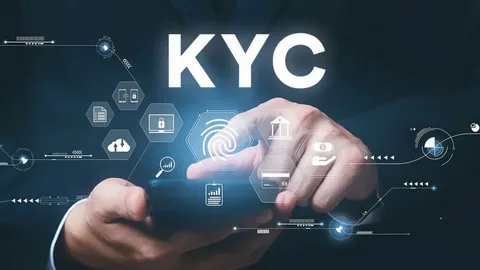As financial transactions increasingly shift online, institutions face a dual challenge: streamlining user onboarding while staying ahead of evolving financial crime. Once seen as a regulatory checkbox, Know Your Customer (KYC) has become a critical component of a broader risk management strategy. This evolution reflects not only technological change but also the growing sophistication of fraud networks and regulatory expectations.
More Than Just a Rule: The Strategic Function of KYC
Initially, KYC frameworks were designed to fulfill legal requirements—verifying the identity of customers, ensuring their legitimacy, and flagging high-risk behavior. However, today’s fast-paced digital environments have exposed the limits of traditional, paper-based approaches. Static documents and manual verifications are no longer sufficient for preventing complex fraud schemes.
Modern kyc verification now serves a dual purpose: it fulfills compliance mandates while functioning as a gateway to deeper insights about customer behavior, financial risk, and long-term engagement potential. It is as much about protecting systems as it is about understanding users.
The Shift Toward Real-Time, Data-Driven Verification
What’s driving this change? In short—data and automation. Traditional KYC relied on physical documents and manual reviews. But financial institutions are increasingly adopting digitized processes that integrate various data points including government ID validation, biometric confirmation, and mobile behavior analysis.
This real-time approach not only speeds up onboarding but also improves accuracy. It allows institutions to detect mismatches, anomalies, or irregular patterns at the earliest point of contact. Importantly, it reduces the dependency on customer-provided documents, which are often vulnerable to forgery or theft.
Adaptive Risk Profiling: Not All Customers Are Equal
Another major development in KYC is the implementation of risk-based approaches. Instead of applying a one-size-fits-all process, organizations now assess the risk level of each customer and tailor verification steps accordingly.
For example:
- A low-risk customer with stable identity and transaction behavior may go through a simplified process.
- A high-risk customer, such as one operating across jurisdictions or involved in high-value transfers, may trigger enhanced due diligence protocols.
This adaptive strategy ensures efficient onboarding while prioritizing scrutiny where it’s needed most.
How KYC Supports Broader Institutional Goals
Apart from compliance and fraud prevention, KYC practices now support several broader goals:
- Operational Efficiency: Automation of the KYC process reduces manual labor, cuts costs, and eliminates bottlenecks in customer onboarding.
- Customer Experience: A fast and secure verification process builds trust and reduces abandonment rates during account creation.
- Regulatory Resilience: As compliance requirements grow more complex, a strong KYC framework ensures institutions are prepared for audits and evolving laws.
Ongoing Monitoring: The Forgotten Phase of KYC
A common misconception is that KYC ends once the customer is verified. In reality, ongoing monitoring is critical. Customer data, behavior, and risk exposure change over time. Institutions must remain vigilant, updating records and performing periodic reviews to ensure continued compliance and safety.
This is especially true in environments where synthetic identities and identity theft are on the rise. Without continuous monitoring, even well-verified accounts can become conduits for illicit activities.
The Future of KYC: Converging Technology and Trust
As artificial intelligence, machine learning, and API-based integrations become mainstream, KYC is poised to become even more intelligent and proactive. Rather than relying solely on static inputs, the process will incorporate dynamic data—such as device fingerprints, geolocation, and behavioral analytics—to offer predictive insights.
In this sense, KYC verification is no longer just a defensive tool. It’s a foundational pillar for building trust, enhancing security, and enabling smarter financial services.

